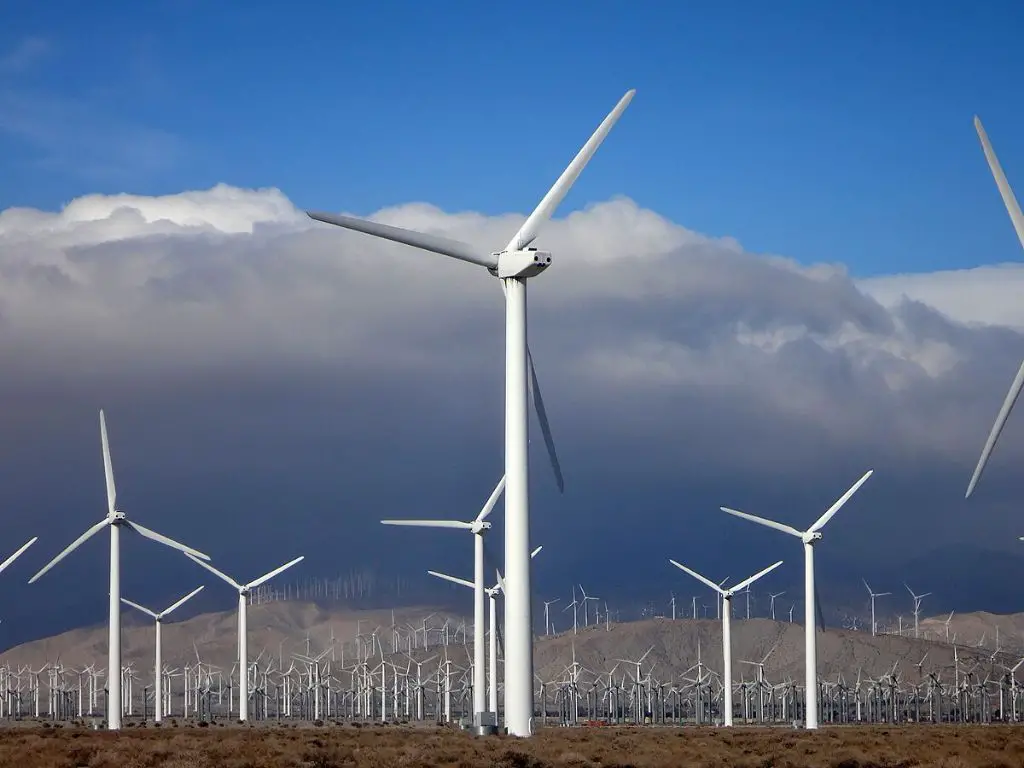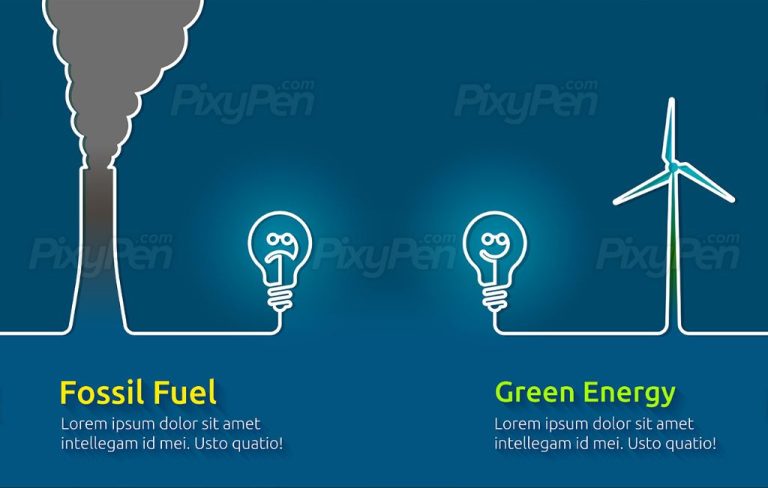What Is 1000 Kw Called?
A kilowatt (kW) is a unit of power that is commonly used to measure electricity usage. Power is defined as the rate at which energy is transferred or converted. In the context of electricity, power refers to the rate at which electrical energy is consumed or generated.
Understanding kilowatts is important for several reasons. First, utility companies bill customers based on kilowatt-hours (kWh), which is a measurement of how much power is used over time. Knowing how many kilowatts your appliances and devices consume helps you estimate your energy costs and make informed decisions to reduce your usage and bills.
Second, understanding kilowatts gives you a sense of how much power generation capacity is needed to meet demand. Power plants, solar farms, wind turbines and other generation facilities are often rated in terms of megawatts or gigawatts of capacity. When discussing the growth of renewable energy, kilowatts provide a standard unit for measurement and comparison.
Finally, kilowatts allow easy comparison between different energy sources. The power output of a gas turbine can be directly compared to the output of a hydroelectric dam, even though they produce energy in different ways. Using kilowatts as a common denominator makes it easier to evaluate options and make informed energy decisions.
Defining a Kilowatt
A kilowatt (kW) is a standard unit of electrical power that equals 1,000 watts. A watt is a unit of power measuring the rate of energy conversion or transfer. One watt is defined as one joule of energy per second. Since a kilowatt equals 1,000 watts, it is the amount of energy transferred at a rate of 1,000 joules per second.
The kilowatt is commonly used to measure large amounts of power that would be inconvenient to quantify in watts. For example, the output of a power plant is typically measured in megawatts (MW), which is equal to 1,000 kilowatts. On a smaller scale, the power consumption of home appliances is measured in kilowatts rather than individual watts.
The kilowatt provides a convenient way to express large power values without using long strings of zeros. It also simplifies power comparisons. For instance, it’s easier to compare the power usage of a 20 kW electric vehicle to a 50 kW electric vehicle than comparing 20,000 watts to 50,000 watts.
1,000 Kilowatts
1,000 kilowatts is equal to 1 megawatt (MW). A megawatt is defined as a unit of power equal to one million (1,000,000) watts. Since a kilowatt itself represents 1,000 watts of power, when we take 1,000 kilowatts, we arrive at 1,000,000 watts, or 1 megawatt.
To understand this equivalency, let’s break it down step-by-step:
- 1 kilowatt = 1,000 watts
- 1,000 kilowatts = 1,000 x 1,000 watts = 1,000,000 watts
- 1,000,000 watts = 1 megawatt
So 1,000 kilowatts is directly equal to 1 megawatt. The megawatt is simply a larger unit of power to make it easier to discuss and quantify very high levels of power in the millions of watts.
Uses of Megawatts
Megawatts are primarily used to measure the output of power plants and overall electricity usage. For example, a large coal or nuclear power plant may have an electrical output capacity of 500-1000 megawatts. This tells you how much electricity the plant can potentially generate at full capacity.
On the demand side, utilities look at the total megawatt load needed to meet the electricity needs of homes and businesses in a region. The hourly and daily megawatt demand fluctuates based on factors like the weather and people’s routines. Utilities have to ensure they have enough power plant capacity available to meet peak demand times.
Knowing the megawatt capacity of power plants and projected megawatt demand allows utilities to plan ahead and ensure reliable electricity delivery within their service areas. Without proper planning, demand could exceed supply at peak times, resulting in brownouts or blackouts. Thus, the concept of megawatts is crucial for operating electrical grids and meeting society’s large power demands.
Megawatt Examples
Megawatts are commonly used to measure the output of large power generation sources like power plants and wind farms. Here are some examples of things measured in megawatts:

- Nuclear power plants often generate 500-1,500 MW of electricity.
- Large coal power plants can output 1,000-3,000 MW.
- A typical commercial wind turbine has a capacity between 1-3 MW.
- Large wind farms can have hundreds of wind turbines totaling 500-1,000+ MW.
- Solar photovoltaic power plants range from 1 MW for small facilities to over 500 MW for very large solar farms.
- Some large dams and hydroelectric facilities have capacities from 2,000-6,000+ MW.
As you can see, the megawatt is commonly used to measure the generation capacity and output of major electricity generating installations like power plants, wind farms, dams, and solar arrays. These large-scale facilities provide enough electricity to power entire cities and regions.
Megawatts vs. Kilowatts
Megawatts and kilowatts are both units used to measure power, but they represent different amounts.
A megawatt (MW) is equal to 1,000 kilowatts (kW). A kilowatt is 1,000 watts. So a megawatt is one million watts.
Some key differences between megawatts and kilowatts:
- Scale – A megawatt is 1,000 times greater than a kilowatt.
- Usage – Megawatts are typically used to measure the output of large power plants or the consumption of electricity by cities and countries. Kilowatts are usually used to measure smaller amounts of power like home appliances or electric motors.
- Examples – A nuclear power plant may have an output capacity of 1,000 megawatts. An electric stove may use 1.5 kilowatts.
In summary, megawatts represent millions of watts of power while kilowatts represent thousands of watts. Megawatts are used for large-scale power measurements while kilowatts are used for smaller measurements.
Megawatt Conversions
To understand the magnitude of a megawatt, it helps to see how it converts to other units of power:
- 1 MW = 1,000 kilowatts (kW)
- 1 MW = 1,000,000 watts (W)
- 1 MW = 0.948 bhp (brake horsepower)
- 1 MW = 1.34 horsepower (hp)
Some examples:
- A 10 MW wind turbine can produce 10,000 kW of power
- A 50 MW power plant generates 50,000,000 W of electricity
- A 500 MW electrical generator has a capacity of 670,000 horsepower
These conversions help put the magnitude of megawatts into perspective compared to more familiar units like kilowatts and horsepower. It underscores how megawatts represent a massive amount of power generation or usage capacity.
International Use
Megawatts are used as a unit of power in countries around the world. The megawatt is part of the International System of Units (SI), which is the modern form of the metric system. This makes the megawatt an internationally recognized and standardized unit.
While some countries still use other traditional units for power like the horsepower or kilowatt, most have adopted the megawatt due to its usefulness in measuring large-scale power generation and usage. For example, the capacity of power plants, whether hydroelectric, nuclear, coal, natural gas, wind or solar, is commonly measured in megawatts.
The megawatt is applied in electrical power systems everywhere from Europe to Asia to the Americas. International organizations like the International Energy Agency provide energy statistics in megawatts for countries across the globe. The megawatt makes it easy to discuss and compare power usage and production worldwide.
So in summary, the megawatt is truly an international unit, facilitating clear communication about power in science, engineering, policymaking, and energy conversations around the world.
Other Units of Power
In addition to megawatts and kilowatts, there are several other units that are used to measure power:
- Gigawatt (GW) – Equal to 1 billion watts or 1,000 megawatts. Used for measuring massive amounts of power like that produced by large power plants or consumed by entire cities or countries.
- Horsepower (hp) – A non-metric unit equal to about 745.7 watts. Originally used to compare the power of steam engines to horses.
- Watt (W) – The base SI unit of power. Megawatts and kilowatts are based on multiples of watts.
There are also some less common units like milliwatts and terawatts used in specialized applications. But megawatts, along with watts, kilowatts, and gigawatts are the most prevalent units for measuring power in use today.
Conclusion
In summation, a megawatt is a unit of power equal to one million watts. Understanding megawatts gives us a standardized way to measure massive amounts of power generation and consumption. We looked at how megawatts are used to measure the output of power plants, the capacity of electrical grids, and energy usage by cities and countries. Knowing how to convert between megawatts and other units like kilowatts and gigawatts allows us to better comprehend the scale of infrastructure and energy flows in our modern world. Appreciating the magnitude of megawatt usage provides perspective on humanity’s massive energy appetite and the challenges of powering our civilizations sustainably. Recognizing terms like megawatt is key for informed discussions about meeting our species’ electricity demands now and into the future.



